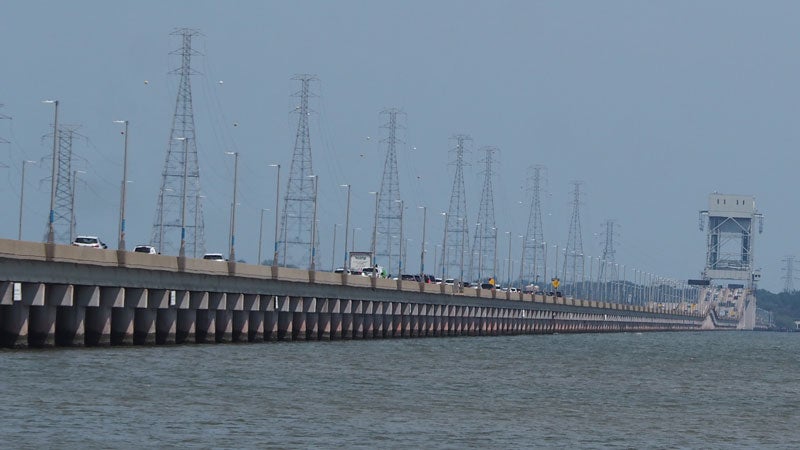Near-moratorium on Isle of Wight solar farms advances
Published 10:40 pm Tuesday, February 28, 2023

- Isle of Wight County Planning Commission (File photo)
Isle of Wight County’s Planning Commission voted 9-1 on Feb. 28 to advance a proposed ordinance that would impose a near-moratorium on solar farms.
The ordinance, which is headed to county supervisors for a final vote, would limit the cumulative acreage of existing and proposed solar farms to 2% of the county’s “prime” farm soils, or a maximum of 2,446 acres.
According to county data and the 2017 U.S. Census of Agriculture, 1,759 acres, or 72% of the maximum, is already taken up by six approved solar farms. The Woodland solar farm off Longview Drive, which came online in 2017, is the only one of the six presently operating.
A nearly hour-long public hearing that preceded the vote drew 18 speakers, most in support of the 2% cap.
“There needs to be a cap,” said Carrsville area resident Volpe Boykin, who persuaded the commissioners to add language to the ordinance mandating that solar developers retain an independent appraiser to assess a project’s potential impact on real estate values.
Lynn Briggs of Smithfield, however, opposed the cap. Speaking for herself rather than in her usual capacity as spokeswoman for Isle of Wight County Schools, Briggs told the commissioners that her family has for generations owned farmland in the Morgart’s Beach area that they may some day wish to lease to a solar company to keep the land in the family, as none of her family members presently farm. Solar farms, she noted, don’t create the traffic and influx of children entering the school system that result when farmland is turned into housing developments.
While more than half of the speakers said they supported the ordinance, the hearing also drew opposition from some solar developers, among them Greg Creswell, senior development manager of Arlington-based AES. The company is developing the 730-acre, 85-megawatt Windsor PV-1 solar farm in Isle of Wight, the 1,750-acre, 240-megawatt Cavalier solar farm that will span the Isle of Wight-Surry County border, and recently purchased $12.1 million in additional Isle of Wight acreage for a third project.
The 2% cap would be “effectively a moratorium,” Creswell said.
Blake Cox, co-founder of the advocacy organization Energy Right, made the roughly 60-mile trip from Chesterfield County to argue that the cap “limits the rights of landowners.”
Energy Right describes its mission as ensuring “energy is developed the right way with a focus on property rights and conservative ideals.”
Commissioner Jennifer Boykin, Volpe’s wife, said that despite the pushback from some of the speakers, she was in “complete support” of everything specified in the ordinance, “including the 2% cap.”
Commissioner Thomas Distefano, who made the motion to recommend that supervisors approve the ordinance, asked that the version up for approval be amended to specify that the 2% cap apply only to the fenced areas of solar farms, and incorporate Volpe Boykin’s suggestion regarding real estate values.
Commissioner James Ford cast the dissenting vote. Ford stated at the conclusion of the meeting that he still had reservations about the 2% cap, even with the amendment applying it only to fenced areas, and would have preferred to table the matter for further discussion.
Isle of Wight Community Development Director Amy Ring stated she did not have specific data for all six approved solar farms as to what percentage of their fenced areas would be on prime soils, but she has estimated that all approved and pending applications for solar farms would amount to roughly 1.57% of the county’s prime farmland.
Editor’s note: This story has been updated to correct the percentage of prime farmland in the county taken up by approved solar farms.





